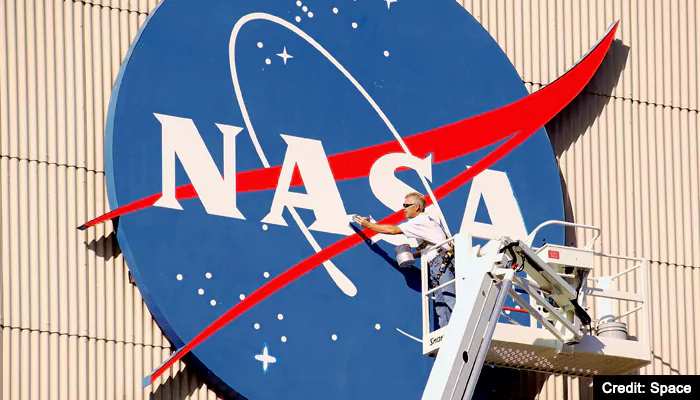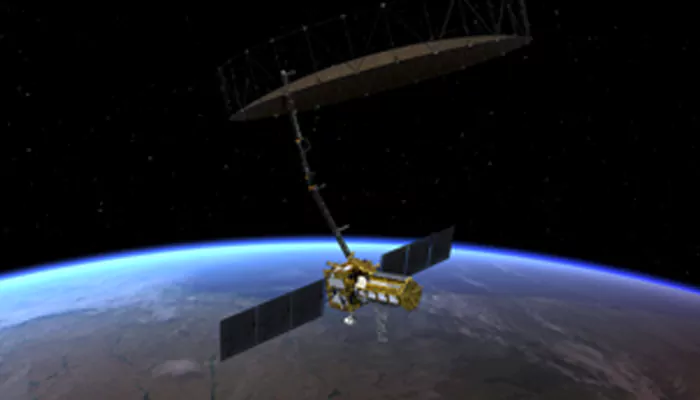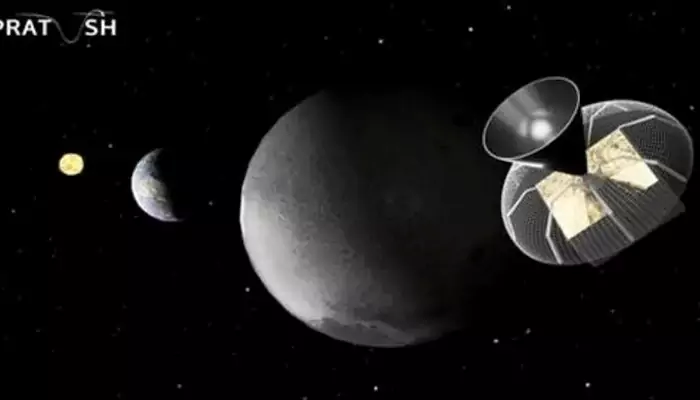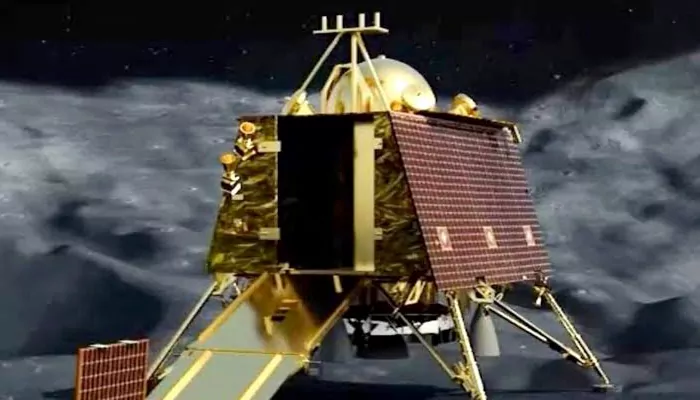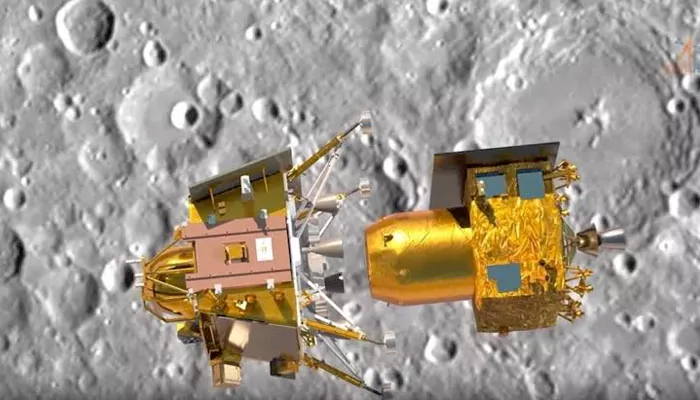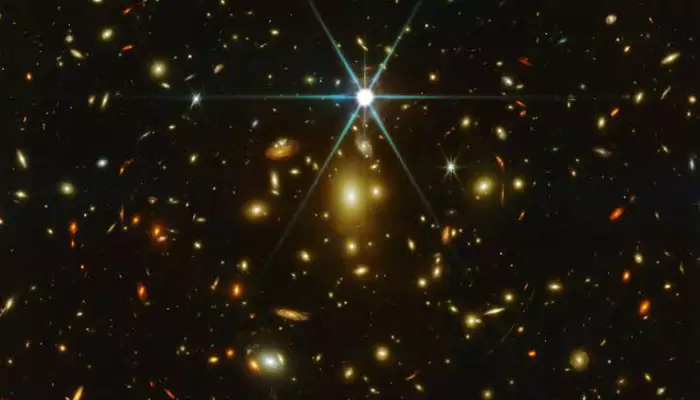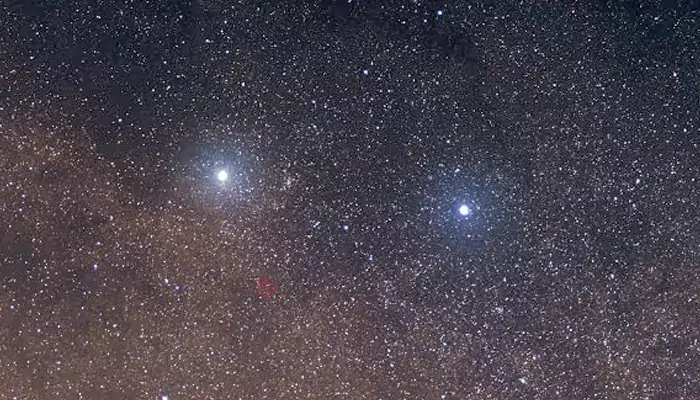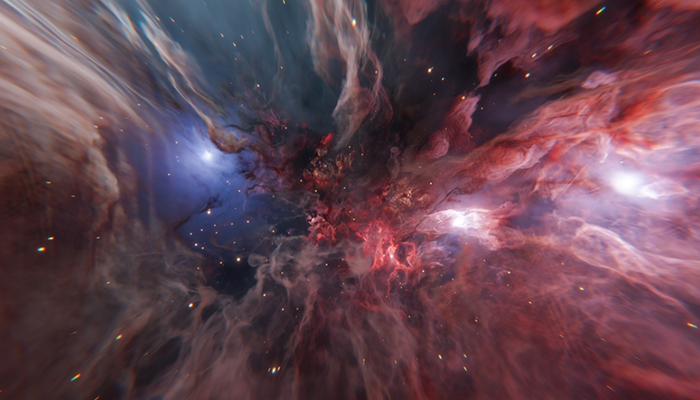NASA Expects More Aurora In Next 2 Years: Know About Solar Maximum, The Key Factor Behind
- Sayan Paul
- 1 year ago
- 3 minutes read

This year, we have already seen stunning auroras much farther south than usual.
Earth has seen several impressive aurora displays this year (even much farther south than usual). And according to NASA and the Solar Cycle Prediction Panel, we can expect additional auroras over the next year or two. That's because the Sun is currently in its Solar Maximum phase, which is the peak of its 11-year solar cycle. As Lisa Upton, co-chairperson of the Solar Cycle Prediction panel said in a recent news conference, "We’re about two years into the maximum period, so we are anticipating another year or so of maximum phase.”

First, Let's Learn Why Auroras Occur
Auroras are the display of lights in the sky. This is Aurora Borealis (northern lights) in the northern hemisphere and Aurora Australis (southern lights) in the southern hemisphere.

When electrically charged particles released by the Sun collide with the Earth's atmosphere, they interact with gases like oxygen and nitrogen, producing waves of light in the sky – known as the aurora. According to NASA, oxygen emits either a greenish-yellow light or red, while nitrogen usually produces a blue light. Sometimes, there's an ultraviolet light as well.
The Space Weather Prediction Center (@NWSSWPC) has issued the first G4 (Severe) geomagnetic watch since 2005. The aurora tonight/tomorrow morning may become visible over much of the northern half of the country, and maybe as far south as Alabama to northern California.
— National Weather Service (@NWS) May 10, 2024
Story:… pic.twitter.com/bqgd9qqnNI
(Credit: National Weather Service)
The intensity and frequency of the auroras depend on the Sun's activity. Increased solar activity means there are larger quantities of charged particles released from the Sun, causing widespread and frequent auroras.
Now, What Is Solar Maximum, And How It Causes More Aurora
The Sun follows an 11-year cycle, known as the solar cycle. Every 11 years, the Sun's north and south magnetic poles switch, and its internal magnetic dynamo goes through a rearrangement. Also, the cycle is based on the changes in the number of sunspots, solar flares, and more.
The beginning of this cycle is called solar minimum, where activity remains at its lowest. On the other hand, Solar maximum refers to its peak - when the Sun's surface has the highest magnetic activity.
During Solar maximum, the Sun releases more solar flares, causing stronger solar storms. This means more charged particles are traveling from the Sun towards the Earth, producing better and more frequent aurora.
It’s official: We have reached solar max phase! ☀️ 📈 @NASA, @NOAA, and the international Solar Cycle Prediction Panel just announced that the Sun has reached its solar maximum period.
— NASA Sun & Space (@NASASun) October 15, 2024
Expect solar eruptions, auroras, and more: https://t.co/zrZIuRdLWu pic.twitter.com/GF7QZbKiQi
(Credit: NASA Sun & Space)
According to NASA, the Solar maximum this time started in December 2021 and was expected to last for around two years. However, it increased in early 2023 and is now expected to remain for around two more years. However, scientists cannot confirm the exact peak until months after the event (as that requires constant monitoring).
Some Additional Information To Know
Since 1755, when regular recordkeeping began, the sun is currently in its 25th solar cycle.
The Solar decline starts with a decreasing number of sunspots. However, solar storms are likely to continue even in that (initial) phase.
More aurora means there will be more impact on technology, especially power grids, satellite communication, GPS, aviation, etc.

